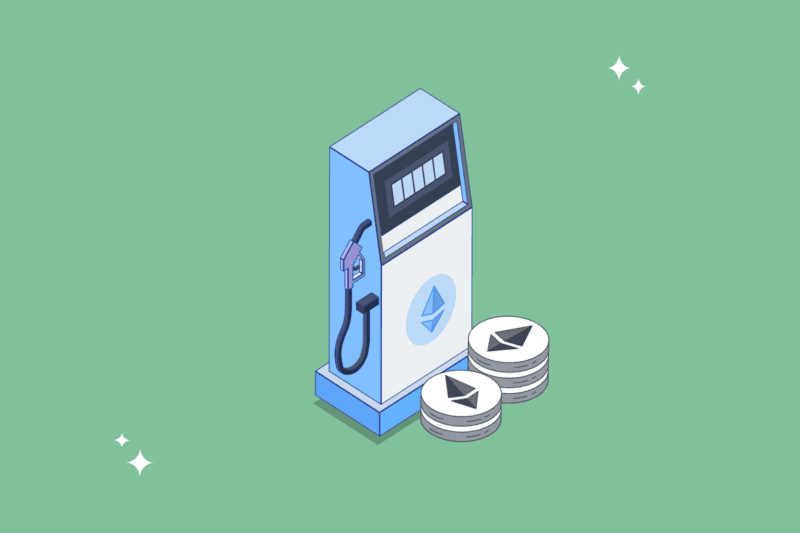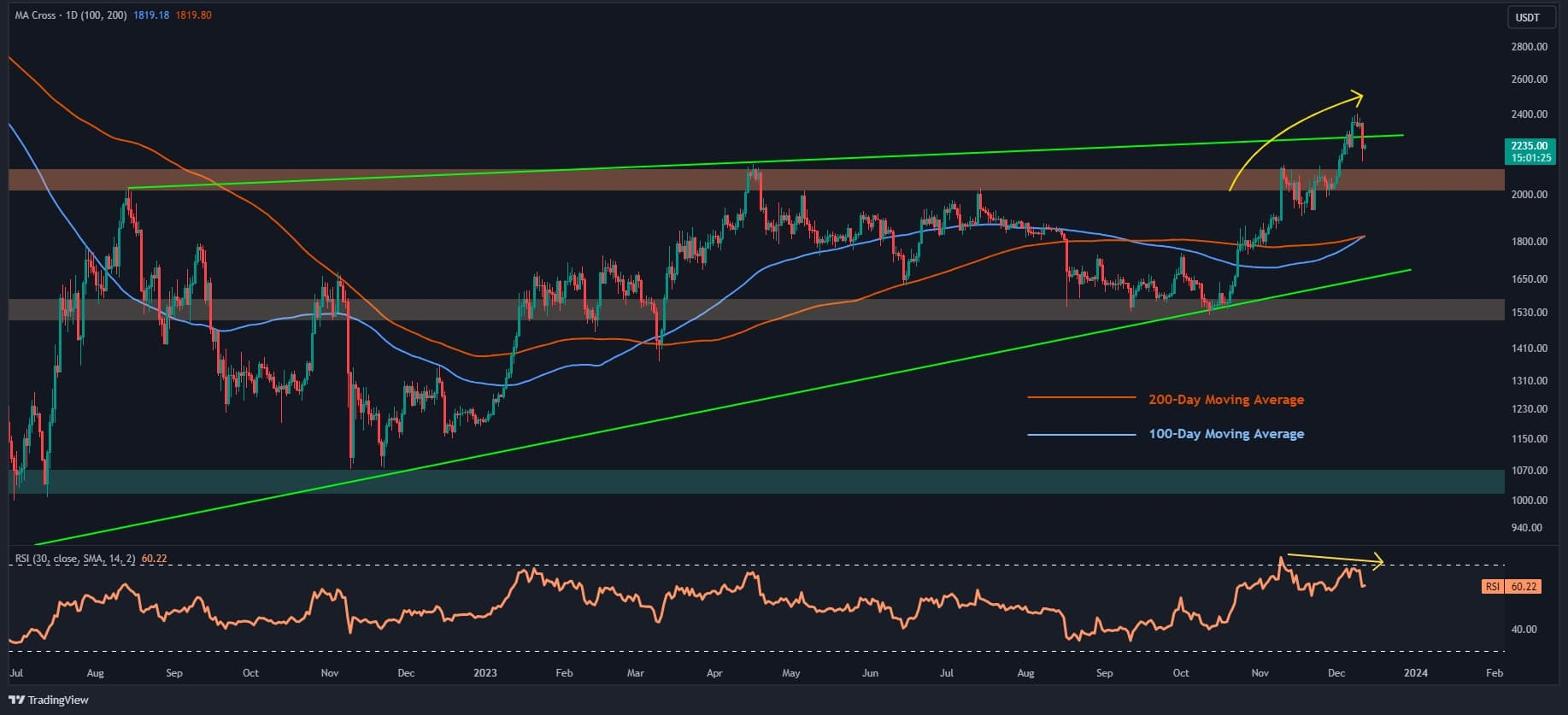
Ethereum, the world’s second-largest cryptocurrency by market capitalization, has become the backbone for decentralized applications (dApps), decentralized finance (DeFi) platforms, and a vast array of token-based projects. With the continued surge in popularity and activity on the Ethereum blockchain, one of the most commonly discussed issues remains Ethereum’s gas fees. Gas fees, also known as transaction fees, are required to process and validate transactions on the Ethereum network, but they can fluctuate significantly. This post dives deeper into understanding these fees, why they fluctuate, and what steps Ethereum users can take to optimize their transaction costs.
What Are Gas Fees?
Gas fees are a critical part of Ethereum’s blockchain ecosystem. They serve as a measure of the computational work required to process a transaction or execute a smart contract on the network. Every interaction with the Ethereum blockchain requires gas. Gas is essentially a unit that measures the computational work, while the fee is paid to miners who validate transactions.
The gas required for each transaction depends on the complexity of the operation. Sending a simple transaction (ETH transfer) requires far less gas than deploying a smart contract or interacting with a decentralized application. The more complex the task, the more gas it requires to complete. Gas is priced in gwei, which is a subunit of ETH (1 ETH = 1 billion gwei). Therefore, gas fees are calculated by multiplying the amount of gas needed by the current gas price (denoted in gwei).
How Gas Fees Are Calculated
To understand gas fees, we need to break it down into two components:
- Gas Limit: This is the maximum amount of gas you are willing to spend on a particular transaction. Different transactions consume different amounts of gas, depending on their complexity.
- Gas Price: This is the price you’re willing to pay per unit of gas, expressed in gwei. The higher the gas price, the faster your transaction will likely be processed since miners prioritize higher-paying transactions.
The total gas fee is calculated by the following formula:
Gas Fee = Gas Limit × Gas Price
For example:
- A simple ETH transfer requires about 21,000 gas.
- If the current gas price is 100 gwei, the total gas fee for this transaction would be:
21,000 gas×100 gwei=2,100,000 gwei21,000 \, \text{gas} \times 100 \, \text{gwei} = 2,100,000 \, \text{gwei}21,000gas×100gwei=2,100,000gwei
To convert gwei into ETH:2,100,000 gwei=0.0021 ETH2,100,000 \, \text{gwei} = 0.0021 \, \text{ETH}2,100,000gwei=0.0021ETH
So, in this example, the total transaction fee would be 0.0021 ETH.
Why Do Gas Fees Fluctuate?
Gas fees fluctuate primarily due to network demand. When many users are trying to transact at once, the Ethereum network can become congested, and miners prioritize transactions that offer higher gas prices. As a result, users willing to pay higher fees can see their transactions processed faster, while others who set lower fees may experience delays or fail to have their transactions included in a block.
The main drivers of gas fee fluctuations include:
- Network Congestion: When Ethereum experiences high usage, such as during periods of increased DeFi activity, NFT minting events, or a major market event, the gas price rises. This is because more transactions are competing for limited block space on Ethereum’s blockchain.
- Market Demand: The demand for Ethereum’s smart contract capabilities, especially in decentralized finance (DeFi) applications, has steadily increased. The higher the demand for transaction processing, the higher the gas prices tend to be.
- Protocol Changes: Updates to Ethereum’s protocol can also have an impact on gas fees. For example, updates related to Ethereum 2.0, which is expected to introduce Proof of Stake (PoS) as the new consensus mechanism, aim to improve scalability and reduce gas fees in the future. However, these upgrades take time to implement fully, and in the meantime, users are still subject to the fluctuations of the current Proof of Work (PoW) system.
The Role of Ethereum 2.0 in Gas Fee Reduction
At the time of writing this post in February 2021, Ethereum is undergoing a major transformation from Proof of Work (PoW) to Proof of Stake (PoS) through Ethereum 2.0. The Ethereum 2.0 upgrade aims to significantly improve the scalability and energy efficiency of the Ethereum network.
While the transition to Ethereum 2.0 is still in progress, it promises to reduce network congestion and the high gas fees that currently plague Ethereum. The Proof of Stake mechanism will allow for more efficient transaction validation and help Ethereum scale by increasing the number of transactions the network can handle per second. This will, in turn, reduce gas fees by increasing the network’s throughput and alleviating congestion.
However, it is important to note that the full implementation of Ethereum 2.0 is not expected until sometime in 2022, and the current Ethereum network (Ethereum 1.0) will still be in operation for the foreseeable future, meaning that gas fees will continue to be volatile for a while.
Layer-2 Solutions: The Key to Reducing Gas Costs
While Ethereum 2.0 will eventually address many scalability issues, Layer-2 scaling solutions have already emerged as a temporary fix for high gas fees. Layer-2 solutions are built on top of Ethereum to offload the transaction burden from the main Ethereum blockchain, effectively reducing congestion and transaction costs.
Some of the most promising Layer-2 solutions at the time of writing include:
- Optimistic Rollups: These Layer-2 solutions assume that most transactions are valid and only verify a small subset of transactions on the main Ethereum chain. This dramatically increases throughput and reduces gas fees. Optimistic Rollups are already in use on several DeFi platforms, with many others set to adopt them in the near future.
- ZK-Rollups (Zero-Knowledge Rollups): ZK-Rollups use cryptographic proofs to bundle multiple transactions together into one. This solution has the potential to further reduce gas costs while improving transaction speed and privacy.
- State Channels: State channels allow transactions to be conducted off-chain, with only the final result being posted on the Ethereum blockchain. This minimizes the amount of data processed on-chain and reduces gas fees significantly.
Tips to Optimize Gas Fees
Until Ethereum 2.0 is fully implemented and Layer-2 solutions become mainstream, here are several ways users can optimize their gas costs:
- Time Your Transactions: Gas prices fluctuate depending on network congestion. Use tools like ETH Gas Station or Gas Now to monitor the current gas prices and execute your transactions when gas fees are lower.
- Set Custom Gas Prices: Many Ethereum wallets (such as MetaMask) allow users to manually set gas prices. By adjusting gas fees based on current network conditions, users can strike a balance between transaction speed and cost.
- Use Layer-2 Networks: Take advantage of Layer-2 solutions like Optimistic Rollups, ZK-Rollups, and state channels to reduce gas fees for dApp interactions. Some platforms have already integrated these solutions, allowing users to access Ethereum dApps with lower costs.
- Batch Transactions: Some platforms allow users to batch multiple transactions into one, reducing the number of individual transactions and thus lowering overall gas costs. This is especially helpful for users making multiple transactions in DeFi protocols.
- Avoid Peak Hours: Gas fees tend to be highest during peak network hours. Try to avoid performing high-volume transactions during times of high Ethereum network congestion. Monitoring traffic patterns on Ethereum can help you identify off-peak times.
Gas fees are one of the major challenges faced by users on the Ethereum network. They fluctuate based on network congestion and demand, making transactions expensive during times of high activity. While Ethereum 2.0 is expected to provide long-term solutions to these issues, users can mitigate high gas costs in the short term by using Layer-2 scaling solutions, setting custom gas fees, timing transactions carefully, and employing best practices for smart contract interactions.
As the Ethereum network continues to evolve, it is likely that new innovations will further reduce gas costs and improve the overall scalability of the ecosystem. Until then, Ethereum users can still take steps to optimize their costs and ensure they are getting the most out of their interactions with the blockchain.



